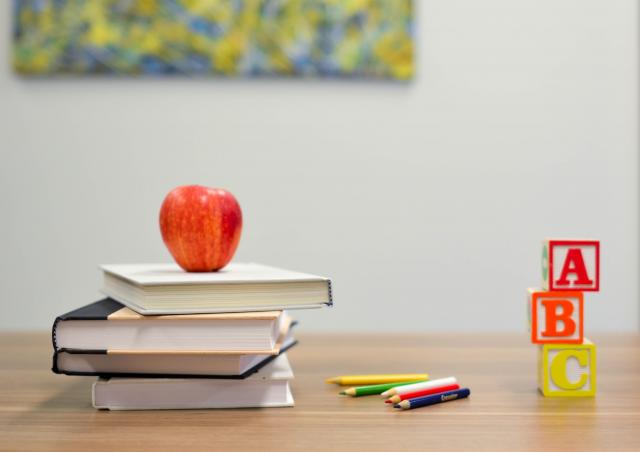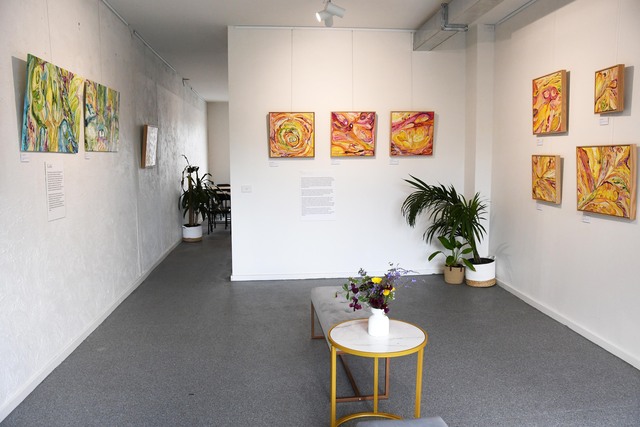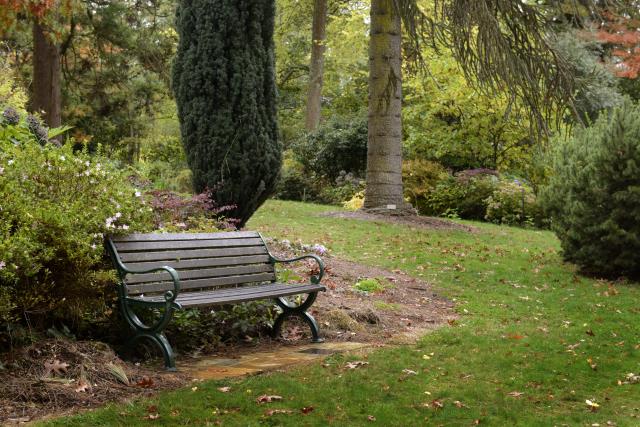By Nick Creely
There have been many heart-warming and substantial breakthroughs in Australian sport over the past decade but none quite like a certain phenomenon which is growing in stature every single day – women’s football.
The stunningly successful AFL Women’s competition in 2017, partnered with elite pathways such as VFL Women’s and TAC Cup Girls, has seen participation rates for playing Australian Rules football skyrocket.
According to data released by the AFL, female football teams rose by 56 per cent in 2016 to 983 around the country and are expected to rise when the participation figures are released later this year.
In Victoria, a 41 per cent rise since 2015 has seen 9354 females take up football with a total of 380,041 females participating in football around Australia – a 21 per cent growth on the previous year.
As a result, females now make up 27 per cent of total football participation.
Girls now have a legitimate pathway to elite level sport that has been so sorely lacking – they can idolise and use inspiration from superstar players such as Daisy Pearce, Erin Phillips and Tayla Harris and, more importantly, dare to dream about a future in the game.
Over the past few years, the AFL has seen clubs appoint female assistant coaches, the first female to umpire an AFL match and also a club appoint a female for the first time as CEO.
A total of 2500 female accredited coaches are also in operation – times are truly changing.
More locally, the Southern Football League, the South East League and the Eastern Football League have introduced women’s competitions and they are raging successes only destined to build over time.
These competitions are otherwise known as ‘female football factories’ with some of the best talent coming out of these regions.
There are currently 24 official women’s football leagues around the country – including the AFLW – but more incredibly there are leagues in operation in Canada, Fiji, Ireland, New Zealand, Papua New Guinea, Tonga, the USA and the UK.
In the south-east of Melbourne specifically, the Rowville Hawks has introduced two junior girls’ teams – the Under 10s and Under 12s, who are embarking on an exciting journey together.
The girls are all first-year footballers, learning the game as they go and making lifelong friends as they develop together.
Rowville Hawks Club President Paul Mynott said that the rise of girls’ football at his club has changed the culture and vibe around the place.
“Introducing two girls’ teams season this season, U10 and U12, has been a breath of fresh air for everyone involved at the Rowville Hawks Football Club,” he said.
“It has dramatically changed the culture of our club in a positive way and enabled our boys and girls to mix on a more regular basis from a training and social perspective, which is what real community sport is all about.
“Having girls’ teams at the club also provides us with a whole new sponsorship market, which is vital in keeping local footy clubs running and thriving to their optimum level – without sponsors, local footy clubs wouldn’t survive.
“To see 40 young girls with a glimpse of stardom in their eyes and their proud parents that have supported their daughters to play a sport that for 150 years has been dominated by males is something that I thought I would never see and am extremely proud of.
“The fact that these girls now also have a genuine pathway they can aspire to and play at the absolute highest level just like the boys is brilliant and as a club we’re personally looking forward to also introducing more girls’ teams in the future.
“I applaud any club that is prepared to work hard and introduce female teams in their club as this will not only benefit themselves in the long-term but also their wider community.”







